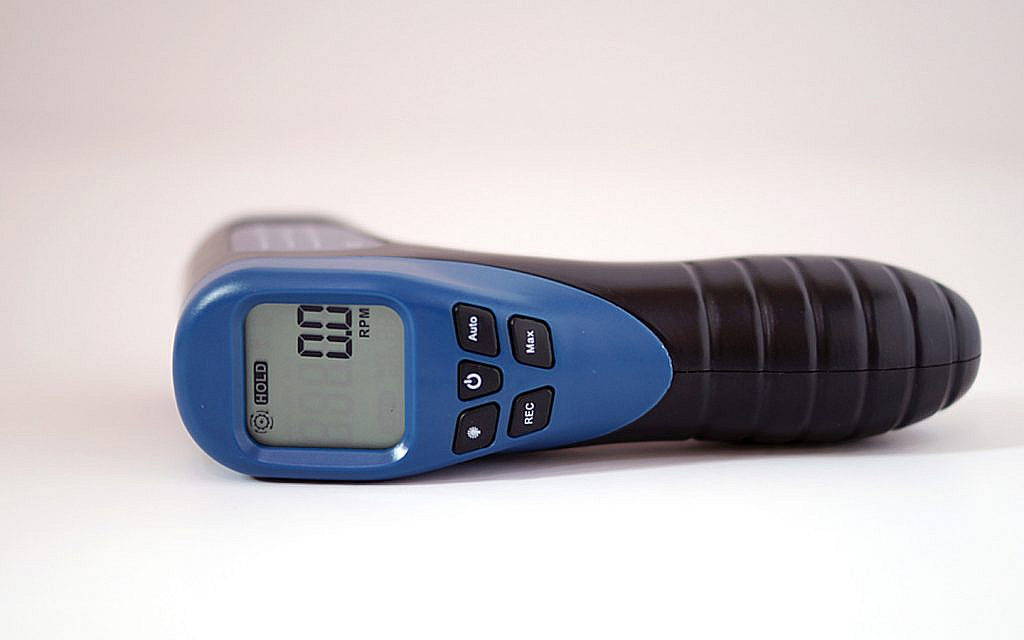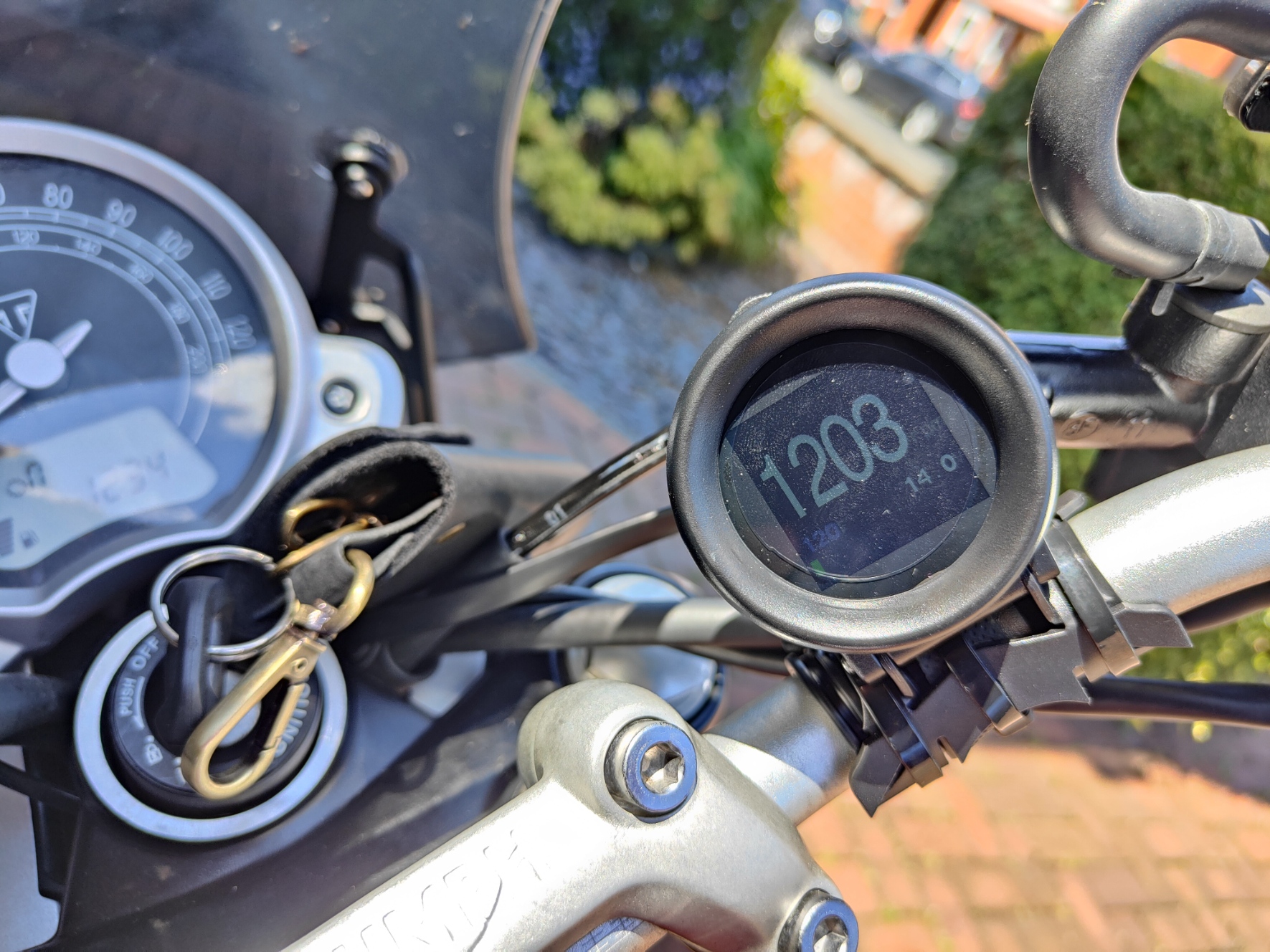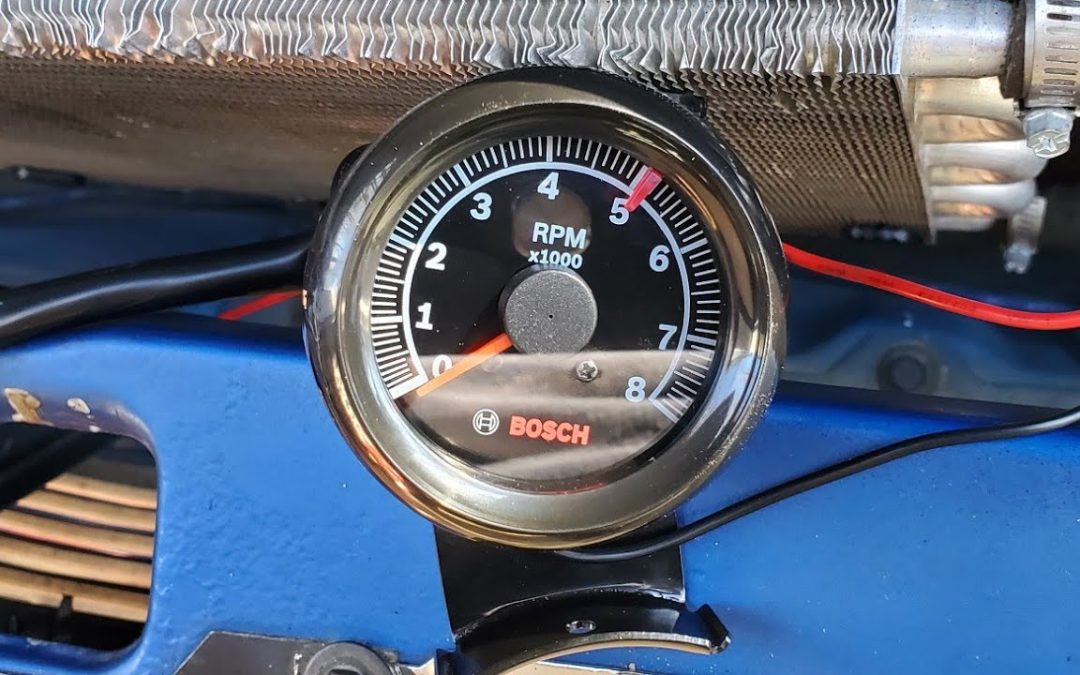Laser tachometers are an incredible example of modern technology, designed to measure the rotational speed of an object without any physical contact. These instruments are indispensable in various industries, including automotive, manufacturing, and quality assurance. If you’re wondering how to use a laser tachometer, look no further. In this guide, we’ll walk you through the fundamentals and practical applications essential for getting you up and running.

What is a Laser Tachometer?
A laser tachometer is a device used to measure the rotational speed of an object. The laser beam, aimed at a reflective surface on the rotating object, reads the speed by counting the number of reflections in a given period. This makes it not only accurate but also safe, as there is no need for physical contact with potentially hazardous machinery.
Types of Laser Tachometers
There are several types of laser tachometers, including:
- Handheld Laser Tachometers: Compact and portable, suitable for quick checks.
- Fixed Laser Tachometers: Mounted on machinery for continuous monitoring.
- Wireless Laser Tachometers: Offer real-time data transmission and are useful in remote or hazardous locations.
How Does a Laser Tachometer Work?
Understanding the working principle of a laser tachometer is crucial for effective usage. The device emits a laser beam towards a reflective tape placed on the rotating object. The beam gets reflected back to the tachometer, and the returning beams are counted over time to calculate the rotational speed (usually measured in RPM or revolutions per minute).
Steps on How to Use a Laser Tachometer
Step 1: Safety First
Before you start using a laser tachometer, ensure you are wearing the appropriate safety gear. Always follow the safety guidelines provided by the manufacturer.
Step 2: Preparing the Laser Tachometer
Turn on the laser tachometer and ensure it is calibrated correctly. Most models come with a self-calibration feature, but you should always refer to the user manual for specific instructions.
Step 3: Placing the Reflective Tape
Attach a small piece of reflective tape on the rotating object. Ensure that the tape is placed in a clean and flat area for accurate readings.
Step 4: Position the Laser Tachometer
Hold the laser tachometer at a safe distance and aim the laser beam at the reflective tape. The device should begin recording readings almost immediately.
Step 5: Interpreting the Results
After a few seconds, the laser tachometer will display the rotational speed of the object. Make sure to cross-check the readings with machine specifications to ensure everything is functioning correctly.
Applications of Laser Tachometers
Laser tachometers are used in a variety of fields such as:
- Automotive diagnostics
- Manufacturing systems
- Aerospace engineering
- Quality assurance
Automotive Industry
In the automotive industry, laser tachometers are used to measure engine speeds, analyze performance, and diagnose issues with rotating parts. If you’d like to know more about automotive diagnostic tools, check out this article.
Manufacturing Systems
In manufacturing, they help monitor the speeds of conveyor belts, motors, and other rotating machinery to ensure efficient operation. More information on manufacturing inspections can be found here.
Aerospace Engineering
Laser tachometers are crucial in aerospace engineering for inspecting the performance of turbines and other critical components to ensure safety and efficiency.
Benefits of Using a Laser Tachometer
- Accuracy: Offers precise readings without physical contact.
- Safety: Eliminates the need for direct interaction with moving parts.
- Versatility: Applicable in various industries and use-cases.
Common Mistakes to Avoid
- Not calibrating the device properly
- Misaligning the laser beam
- Neglecting safety guidelines
Advanced Tips for Professional Use
For Industry QA professionals, optimizing the use of laser tachometers can significantly enhance inspection processes. Consider integrating your tachometer with data analysis software for real-time monitoring and detailed reports. You can find more high-speed inspection solutions here.
FAQs
What safety precautions should I take when using a laser tachometer?
Always wear safety goggles and follow the guidelines provided in the user manual. Ensure the workplace is clear of unnecessary objects and personnel during measurement.
How often should I calibrate my laser tachometer?
Regular calibration is recommended, especially before critical measurements. Refer to your device’s manual for specific calibration intervals.
Can I use a laser tachometer for non-rotating objects?
No, laser tachometers are specifically designed to measure the rotational speed of objects. For non-rotating measurements, consider other types of sensors.

Conclusion
Mastering how to use a laser tachometer can bring tremendous benefits, from ensuring safety to optimizing performance across various industries. By following the steps outlined in this guide, you can confidently incorporate this advanced technology into your professional toolkit.
